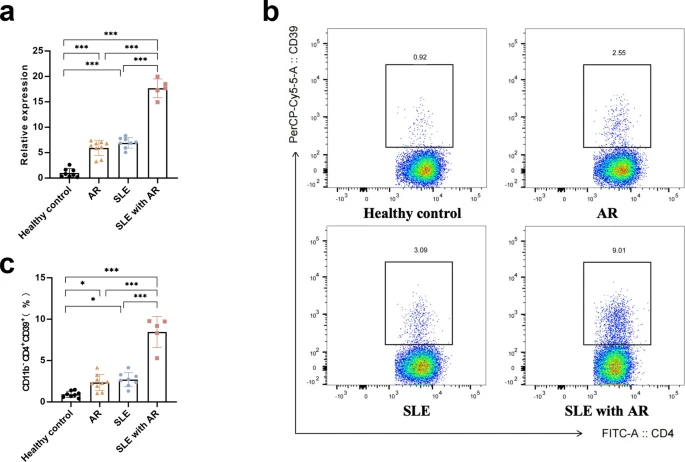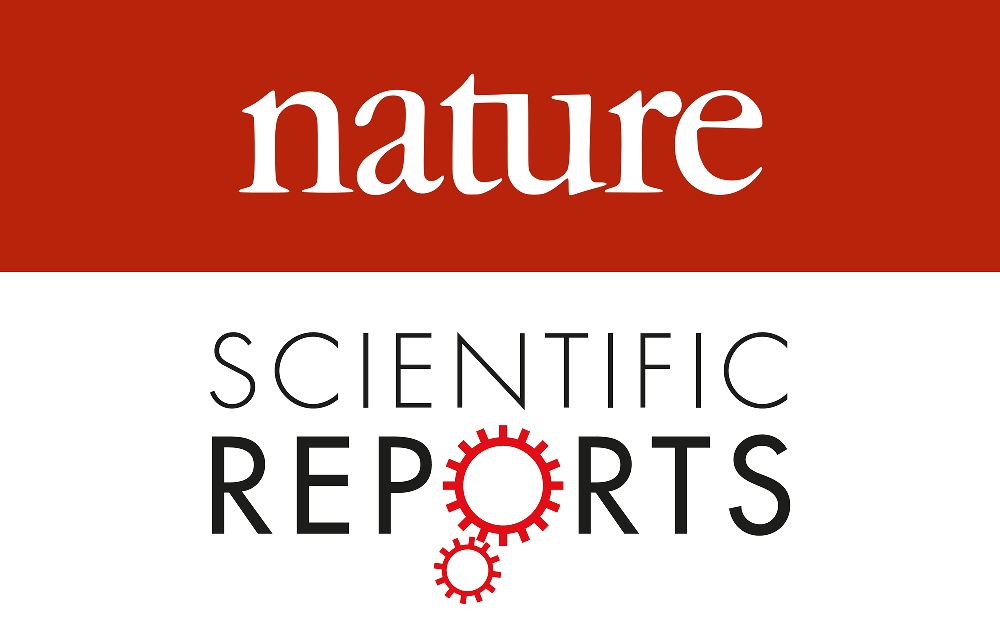Chen, M., Meng, Y., Shi, X. et al. Sci Rep 14, 18266 (2024). https://doi.org/10.1038/s41598-024-69228-3Abstract
Several studies reveal that allergic rhinitis (AR) is a significant risk factor of systemic lupus erythematosus (SLE). However, studies investigating the common pathogenesis linking AR and SLE are lacking. Our study aims to search for the shared biomarkers and mechanisms that may provide new therapeutic targets for preventing AR from developing SLE. GSE50223 for AR and GSE103760 for SLE were downloaded from the Gene Expression Omnibus (GEO) database to screen differentially expressed genes (DEGs). The Gene Ontology (GO) analysis and Kyoto Encyclopedia of Genes and Genomes (KEGG) pathway enrichment analysis were performed to explore the functions of shared DEGs.
 |
| Validation of ENTPD1 expression. |
Hub genes were screened by cytoHubba (a plugin of Cytoscape) and validated in another two datasets. Gene set enrichment analysis (GSEA) and single-sample Gene set enrichment analysis (ssGSEA) algorithm were applied to understand the functions of hub gene. ENTPD1 was validated as a hub gene between AR and SLE. GSEA results revealed that ENTPD1 was associated with KRAS_SIGNALING_UP pathway in AR and related to HYPOXIA, TGF_BETA_SIGNALING and TNFA_SIGNALING_VIA_NFKB pathways in SLE. The expression of ENTPD1 was positively correlated with activated CD8 T cell in both diseases. Thus, ENTPD1 may be a novel therapeutic target for preventing AR from developing SLE.PDF


No comments:
Post a Comment